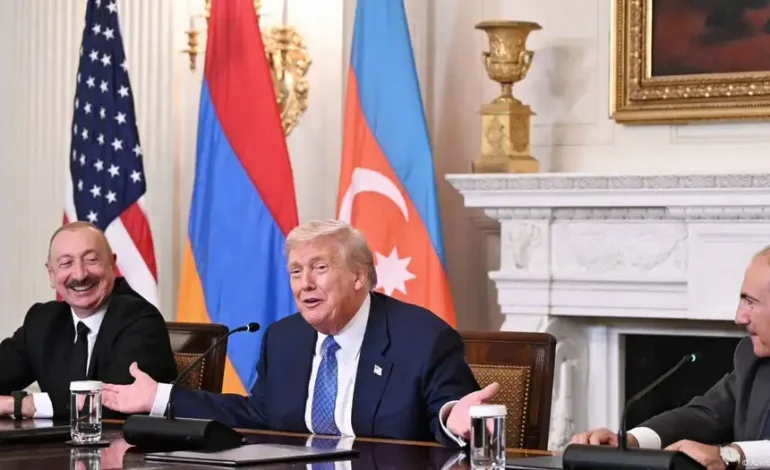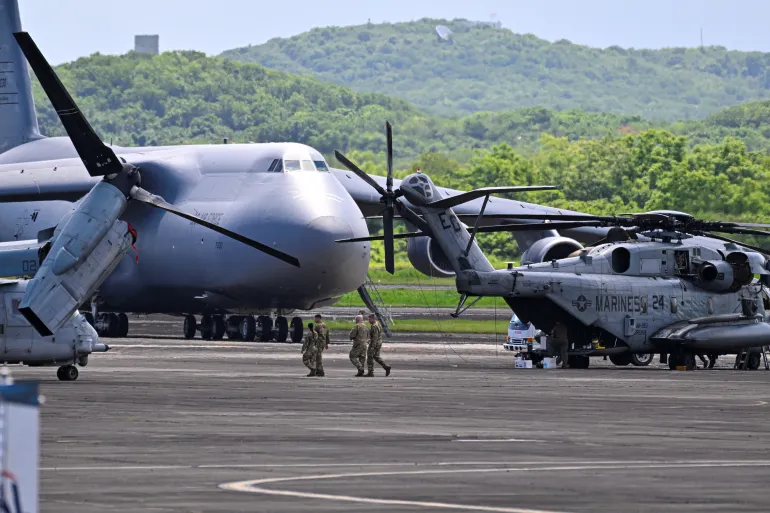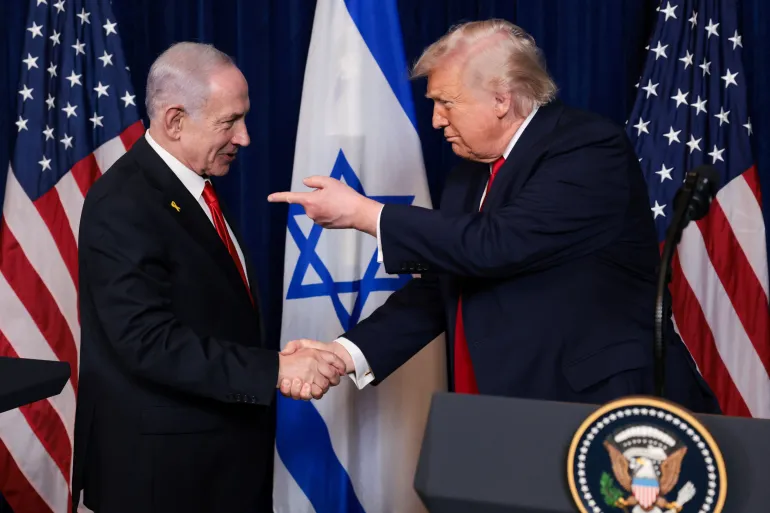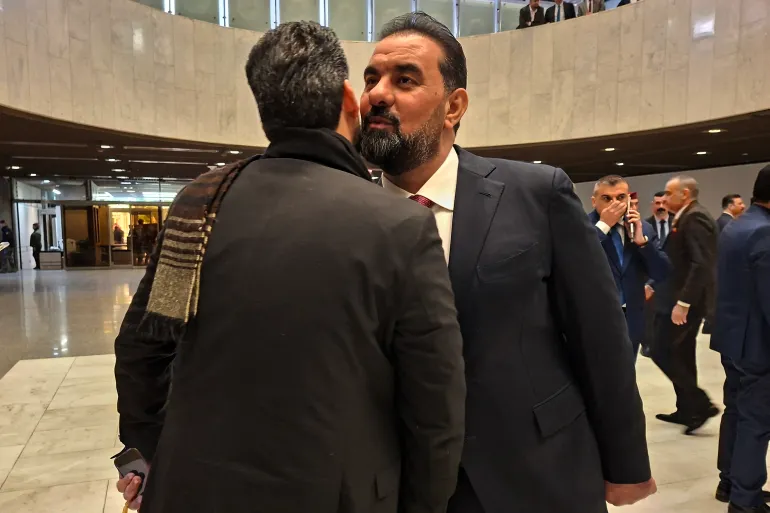ANALYSIS: Will Yerevan Find itself Alone?

Washington is celebrating its latest diplomatic trophy — a peace deal between Armenia and Azerbaijan, signed with all the fanfare of a White House summit and stamped with a “Trump Route for International Peace and Prosperity” transit corridor. The agreement has been hailed in the US as proof that American power can still deliver big wins abroad. But beneath the glitter, there’s a real risk that Armenia could be walking into a new kind of trap — one where it trades short-term security for long-term vulnerability.
On paper, the deal ticks plenty of boxes: no territorial claims, mutual recognition of borders, and a US-supervised corridor linking Azerbaijan to its Nakhichevan exclave through Armenian territory. Washington promises security guarantees. Yerevan gets a say in the route’s operations. International applause pours in.
But zoom out, and the geopolitical map looks a lot less reassuring. By dissolving the OSCE Minsk Group and embracing a US-controlled project, Armenia has effectively sidelined both Russia and Iran — two neighbors that, however inconsistently, have acted as counterweights to Azerbaijani and Turkish ambitions.
Moscow is already grumbling that the deal “serves US, Turkish, and Israeli interests” at Russia’s expense. Tehran has been even more blunt, warning that the corridor could weaken its regional position and further empower Azerbaijan, a close ally of Israel. When both Russia and Iran are aligned in opposition to something, it’s a safe bet they’ll look for ways to undermine it.

The TRIPP route’s selling point is that it runs under Armenian jurisdiction, avoiding the sovereignty concerns of earlier Azerbaijani proposals. But this comes with US oversight — a detail that rankles both Moscow and Tehran. For Armenia, it also means placing a critical piece of infrastructure under the watch of an outside power whose regional priorities could shift overnight.
Economically, the corridor risks making Armenia a bystander to its own geography. The flow of goods, energy, and trade will primarily benefit Azerbaijan and Turkey, cementing their position as Europe’s preferred bridge to the Caspian and beyond. Armenia, meanwhile, could end up as a tollbooth operator on someone else’s highway, collecting modest fees while watching strategic leverage drain away.
Even with the treaty initialed, Baku is keeping another card on the table: demands that Armenia amend its constitution to remove language it says implies territorial claims. Under Armenian law, that requires a referendum — something that can’t happen before 2027. If the vote fails, the peace deal could stall, leaving Yerevan in limbo: too far down the US-brokered path to pivot back to Russia or Iran, but without a finalized agreement to secure its borders.
Meanwhile, Azerbaijan continues to promote its “Western Azerbaijan” narrative, a thinly veiled claim to much of Armenia’s territory. Whether this is rhetorical bluster or a future policy goal, it gives Baku a ready-made pretext to escalate if conditions change.
By aligning so openly with Washington, Armenia risks alienating not only Moscow and Tehran but also the EU mission that has patrolled its border since 2022. The new agreement explicitly bans third-party forces along the frontier, which could mean sending those European observers home. That leaves Armenia with fewer eyes on its vulnerable Syunik province and more reliance on US promises — promises that might be hard to enforce if America’s attention wanders.
Russia’s war in Ukraine and Iran’s domestic troubles have already weakened their ability to act as Armenia’s protectors, but cutting them out entirely could turn strained relationships into outright hostility. If Azerbaijan tests the limits of the deal, Armenia may find itself with no backup plan and no one nearby willing to intervene.
The Washington peace agreement could genuinely reduce the risk of another war — for now. But it also locks Armenia into a delicate balancing act between appeasing Azerbaijan, satisfying US strategic goals, and managing the resentment of its spurned neighbors. If even one of those elements shifts, Yerevan could find itself more isolated than before, with fewer allies, less leverage, and a corridor running through its territory that serves everyone’s interests but its own.
Peace is valuable. But for Armenia, peace built on a single foreign patron and surrounded by wary, wounded neighbors might prove fragile — and dangerously lonely.









The latest news in your social feeds
Subscribe to our social media platforms to stay tuned